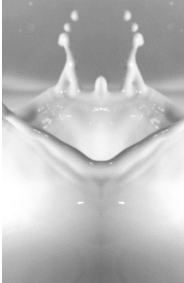H5N1 infections probed
 Experts have reviewed the cases of two dairy farm workers who contracted the highly pathogenic H5N1 strain of bird flu.
Experts have reviewed the cases of two dairy farm workers who contracted the highly pathogenic H5N1 strain of bird flu.
The cases were reported by researchers from the United States, who highlighted the potential danger posed by direct and close exposure to raw milk and secretions from infected animals.
The first worker, referred to as MI-A, was milking a cow on a farm with confirmed H5N1 bird flu when milk splashed into his eye.
Notably, this worker was not using personal protective equipment (PPE) at the time.
The next day, he experienced discomfort in his right eye, which was diagnosed as conjunctivitis - a symptom associated with bird flu infection.
Although initial tests were negative for influenza viruses, further testing at the Centers for Disease Control and Prevention (CDC) confirmed the presence of HPAI A(H5N1) in his conjunctival swab.
The second worker, MI-B, was employed at a different farm, where his duties included caring for sick cows and administering oral medications.
Despite using gloves and eye protection, he did not wear a respirator or mask.
He developed symptoms such as a cough, shortness of breath, and headache, which peaked on the third and fourth days of his illness.
Although no influenza testing was initially conducted, a later test by the CDC confirmed H5N1 infection.
These incidents follow an earlier case in March 2024, when another dairy worker in Texas was infected with the same strain of bird flu after working with sick cows.
As of August 1, 2024, 175 herds in 13 states have been affected by this virus, highlighting the continued threat it poses to both livestock and humans.
Researchers emphasise that these cases underscore the need for stringent biosecurity measures and proper use of PPE to prevent the spread of bird flu from animals to humans.
The infections also raise questions about the potential for bird flu to adapt to new hosts, including mammals, which could have serious public health implications.
More details are accessible here.








 Print
Print